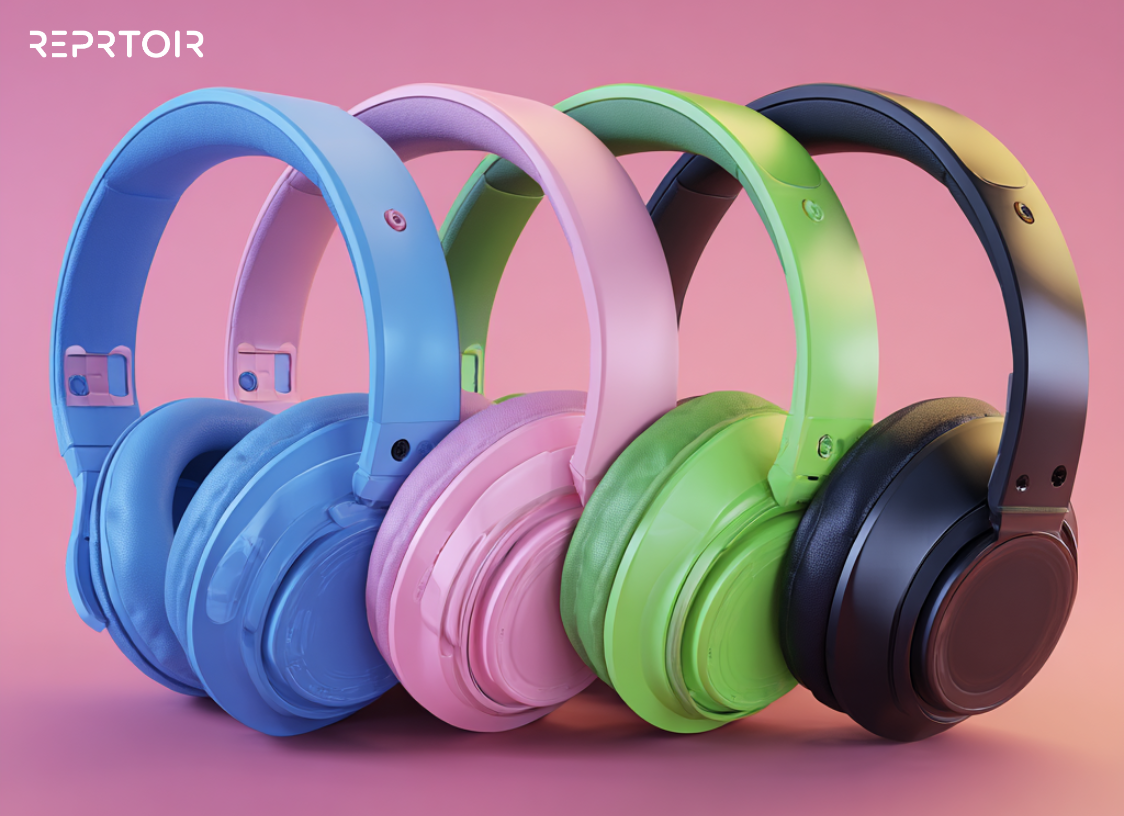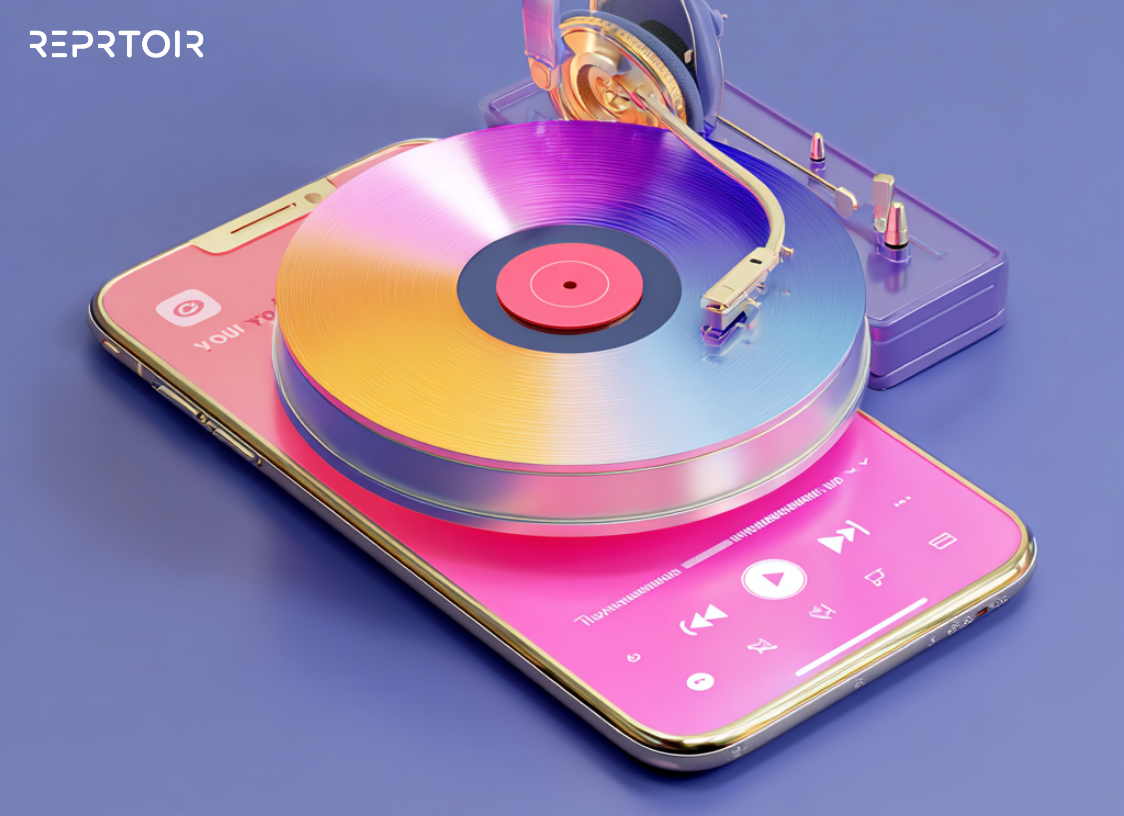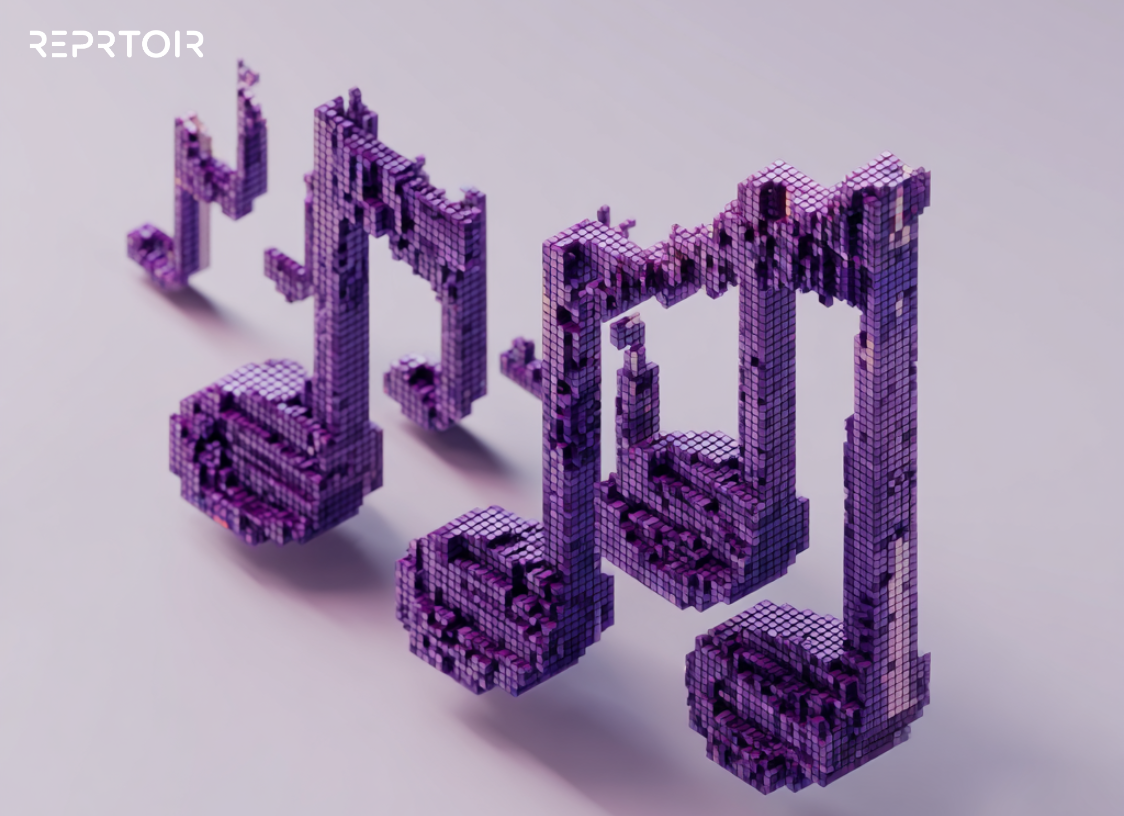Today, in an era where social media is highly influential and visual content dominates—an artist's image is more critical than ever. Behind the scenes, creative directors play a tremendous role in crafting the visuals behind an artist.
For example, they define their clothing style and orchestrate photo and video shoots—becoming the masterminds behind every aspect of an artist's image, including album covers, merchandise, and much more.
In this article, we’ll look at creative directors and their enormous impact on the music industry:
The History of Music Creative Directors
In the last 50 years, the role of the creative director in music has evolved alongside technological advancements. Initially, before the digital era, creative directors focused on album artwork and promotional materials. Do you remember the days when album covers were so important?
However, in the late 20th century, music videos gained prominence. Directors and filmmakers took on roles as creative directors, collaborating closely with artists to create visually captivating music videos. In the days of MTV, music videos were hugely important; in fact, they determined whether a song would be a hit.
As branding and image management became vital, creative directors began shaping artists' identities across various platforms, including social media. Today—in the digital world—creative directors are more important than ever.
The Main Roles of Creative Directors
1. Establishing Brand Identity
At the heart of their job, creative directors define an artist's brand identity. They work with artists to understand their vision, values, and aesthetic preferences.
After that, they translate these elements into a cohesive visual language that resonates with their target audience (albeit millennials, gen-z, etc).
2. Curating Visual Storytelling
Creative directors are incredible storytellers; they use visuals to convey narratives and evoke emotions to complement the music itself.
Through careful selection of imagery, color palettes, and typography, they create immersive experiences that captivate audiences—which is extremely important in the era of short-form visual content.
3. Enhancing Brand Consistency
Consistency is key to building a strong brand presence, and creative directors play a crucial role in maintaining coherence across all touchpoints. For instance, they ensure the artist's visual identity is consistent across platforms—from social media profiles to live performances.
In addition, they also uphold the integrity of the brand while allowing for flexibility and evolution.
4. Navigating Trends and Innovation
Creative directors are brilliant at noticing trends and innovation. In truth, they must stay ahead of emerging trends and technological advancements to keep their artists relevant.
In addition, they continuously seek out innovative approaches to visual storytelling by experimenting with new mediums and techniques.
The current culture of society is also crucial for creative directors. They consider factors such as cultural norms, social trends, and audience demographics to ensure that their visual narratives resonate with diverse audiences.
5. Amplifying Engagement and Impact
Ultimately, the goal of creative direction is to amplify engagement and impact. By crafting visually compelling narratives that complement the music, creative directors enhance the overall listening experience and build deeper engagement and brand loyalty.
Likewise, through strategic collaborations, immersive experiences, and captivating visuals, they empower artists to make a lasting impression.
6. Strategic Marketing and Promotion
Beyond aesthetics, creative directors also play a strategic role in marketing and promotion. They use visual storytelling to create buzz and anticipation around album releases, tours, and other key milestones in an artist's career.
Creative directors help drive engagement and generate excitement among fans; this ultimately translates into increased album sales, ticket sales, and overall brand recognition.
7. Managing Creative Teams
Creative directors oversee a diverse team of professionals, including stylists, photographers, videographers, graphic designers, and more. As such, they manage workflows, allocate resources, and provide guidance and direction to ensure that projects are executed seamlessly.
Creative directors also inspire creativity and innovation, thus empowering their team members to deliver their best work.
8. Adapting to Technological Advancements
Creative directors—particularly with the growth of AI—must understand the latest tools and technologies to remain at the forefront of their craft. They use cutting-edge software, equipment, and techniques to bring their creative visions to life.
This includes experimenting with virtual reality, augmented reality, or interactive media. These will all play a huge role in music going forward, so creatives must use them to their fullest extent.
Final Thoughts
Creative directors are essential for shaping the visual identity of music artists, translating their vision into a tangible, immersive experience for fans.
With their keen eye for detail, creative flair, and unwavering dedication, they elevate the artistry of music and ensure that artists' voices are heard in such a crowded space.
At Reprtoir, we have the best tools to help manage your artists and creative teams in a competitive market. Chat with us today to find out how service can grow your music company.










